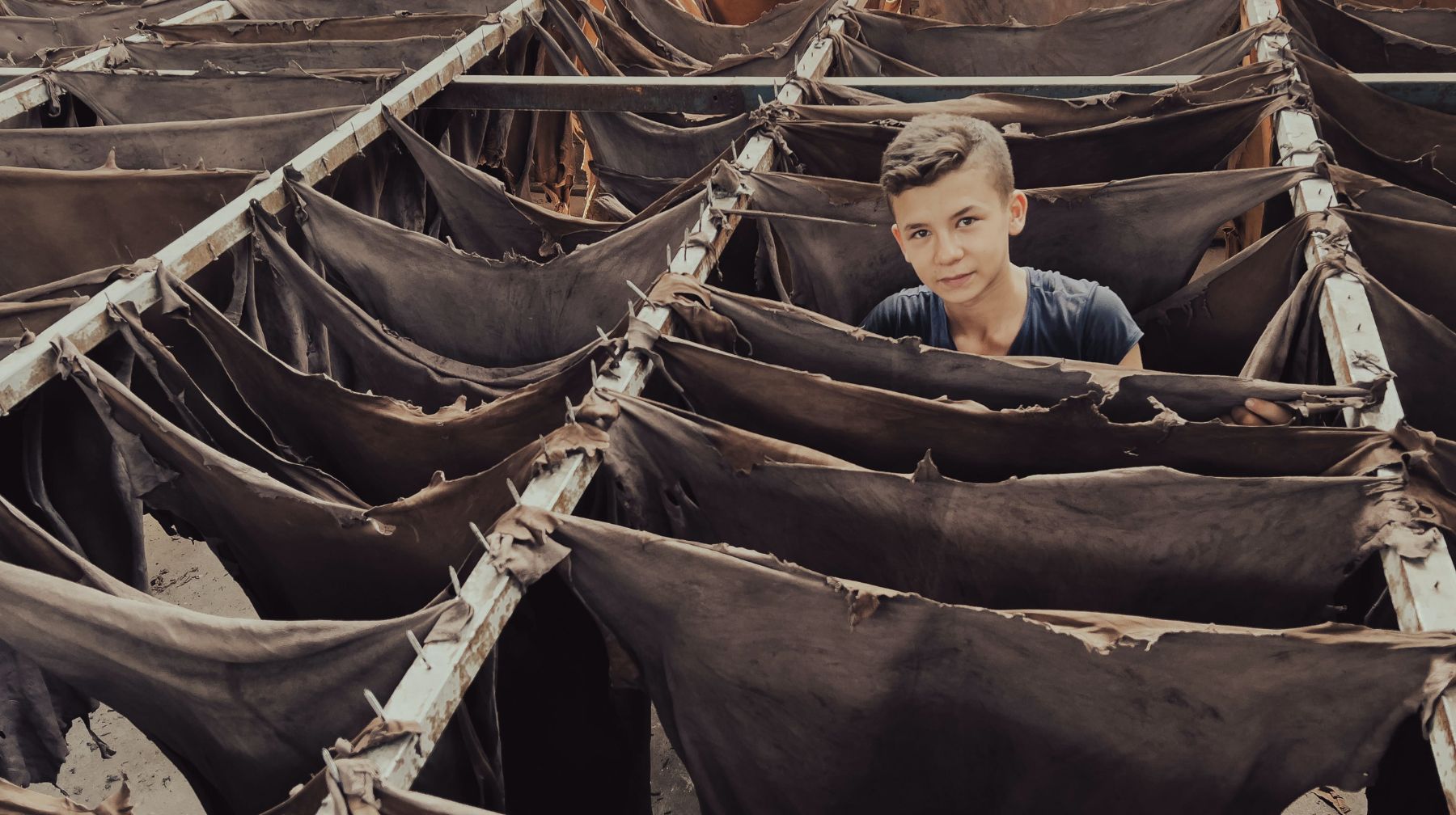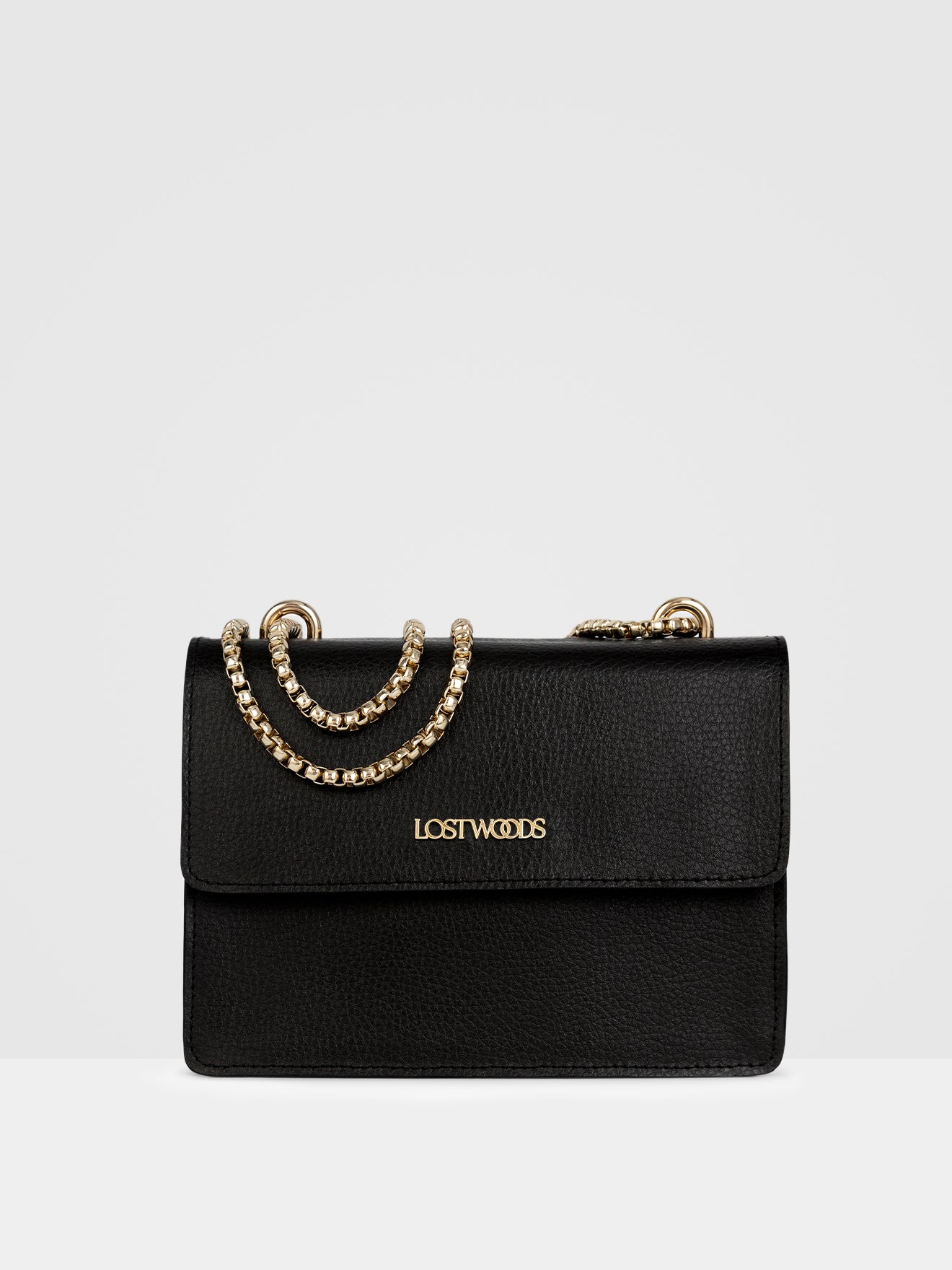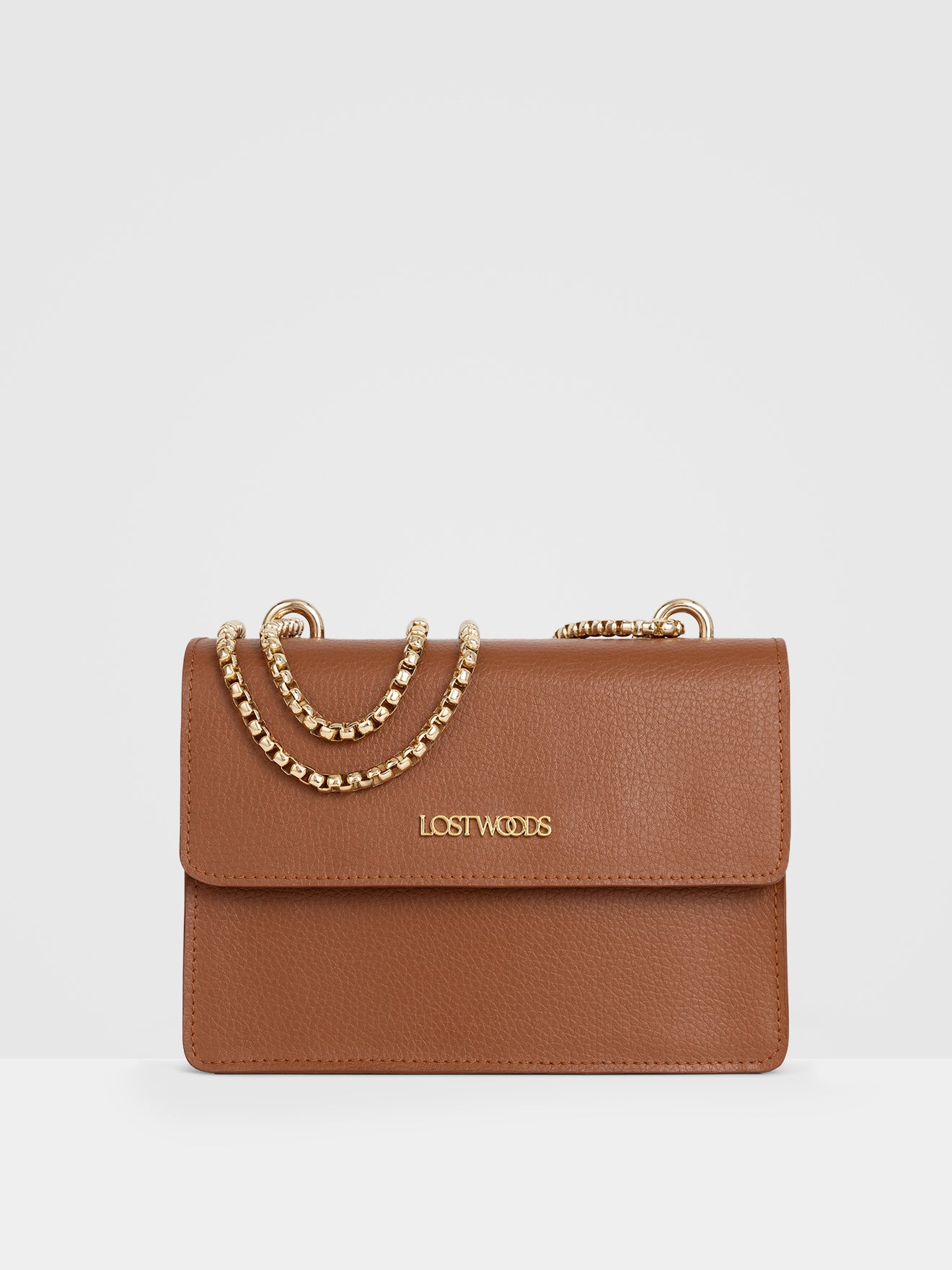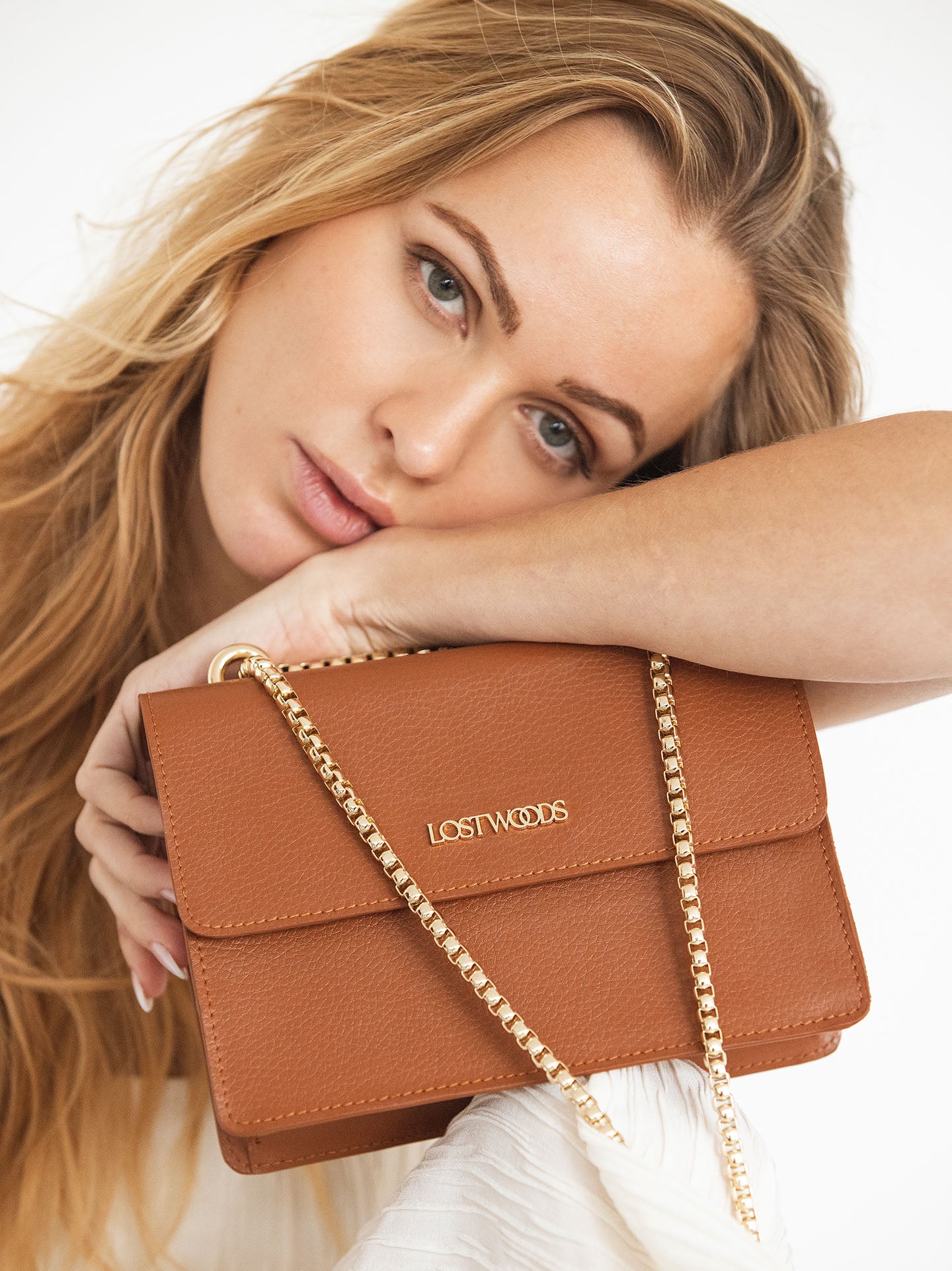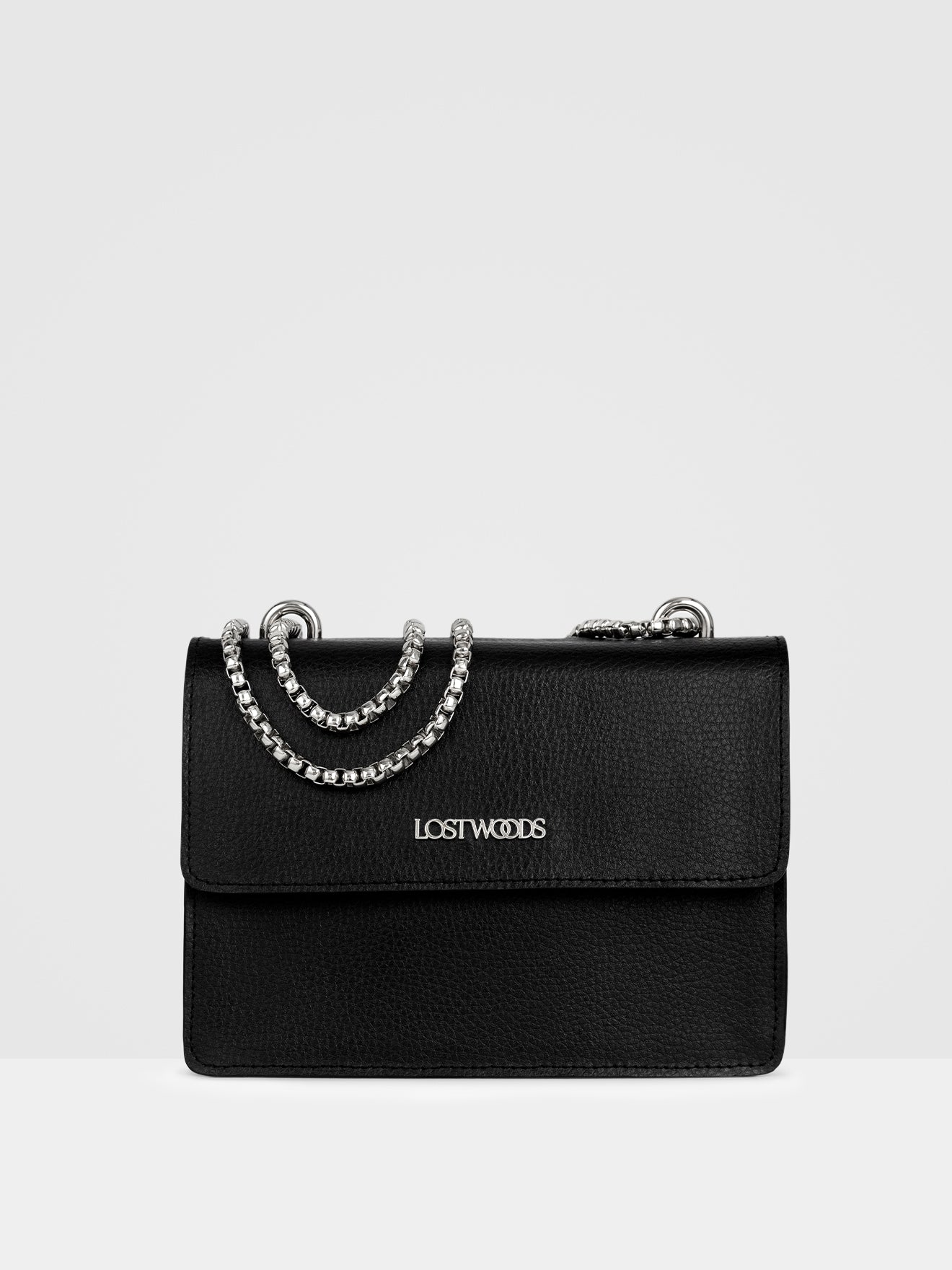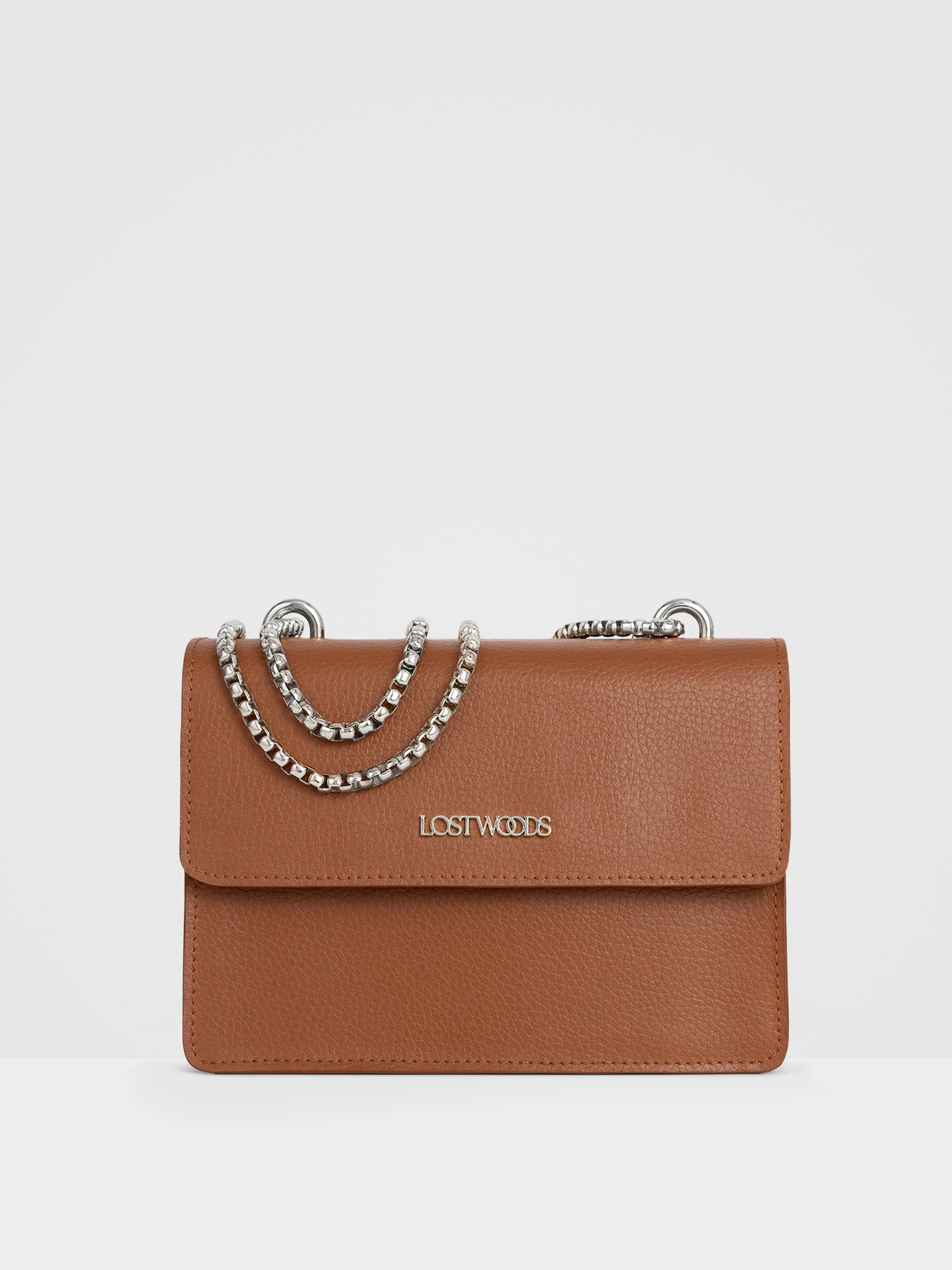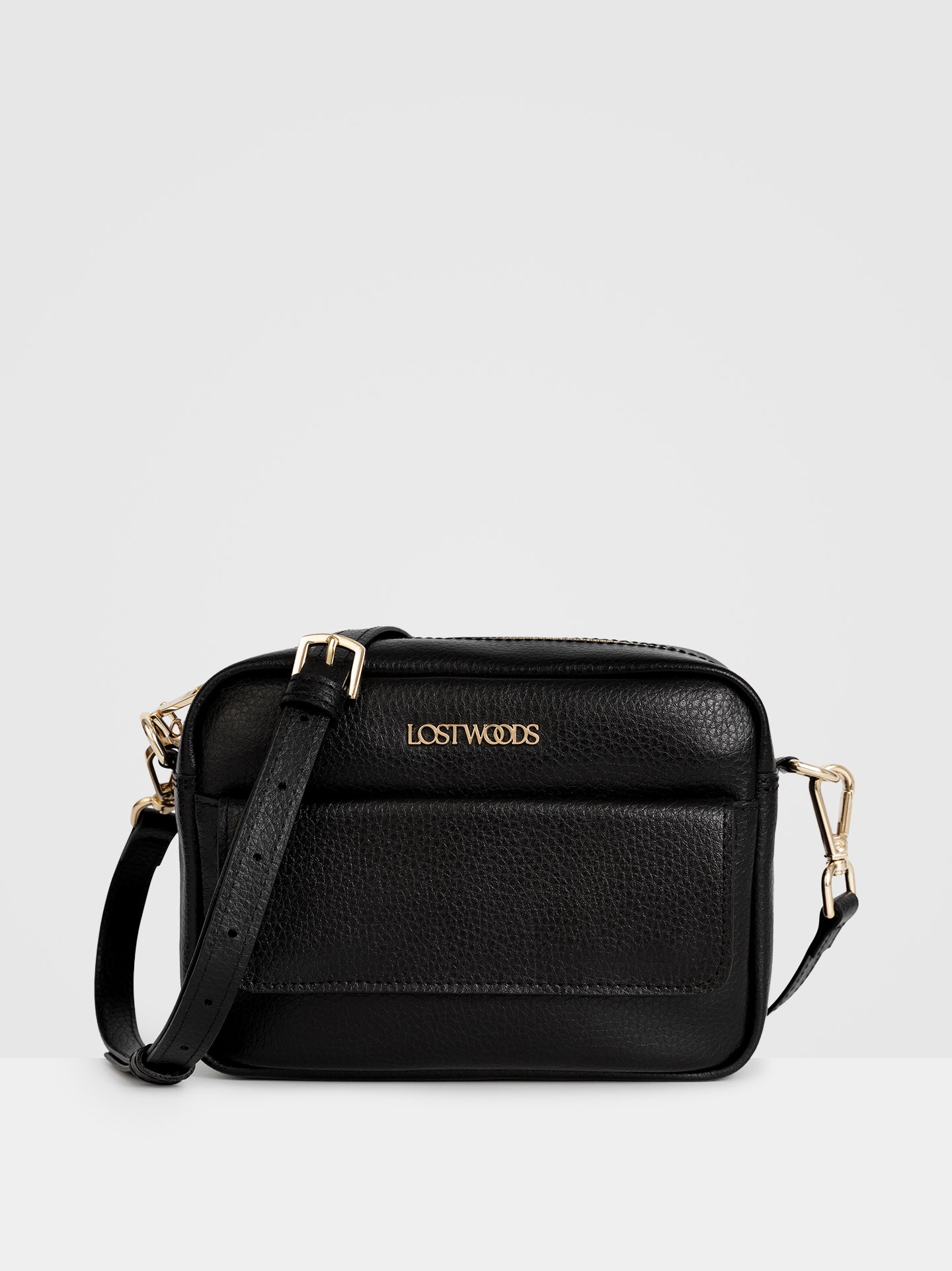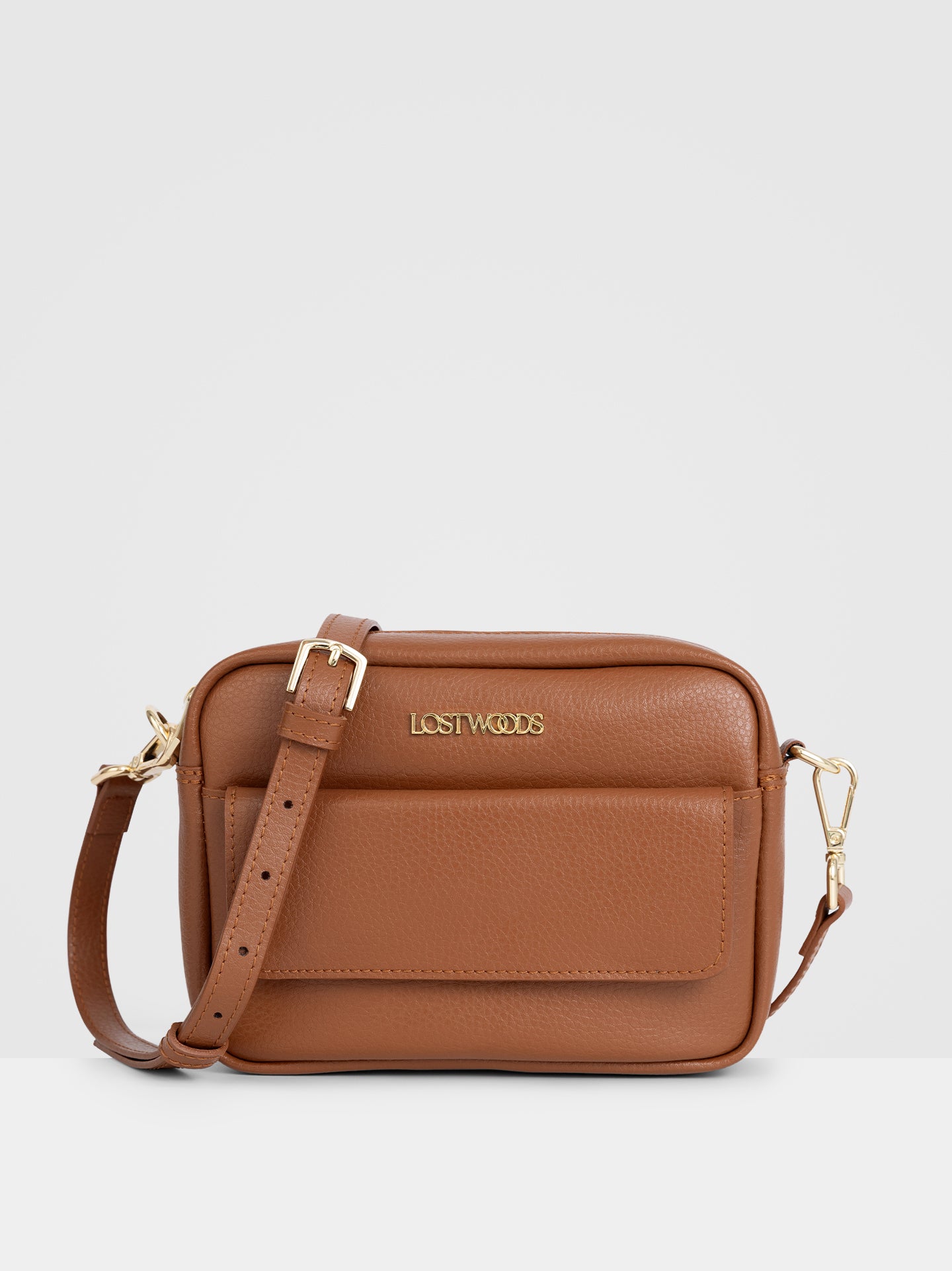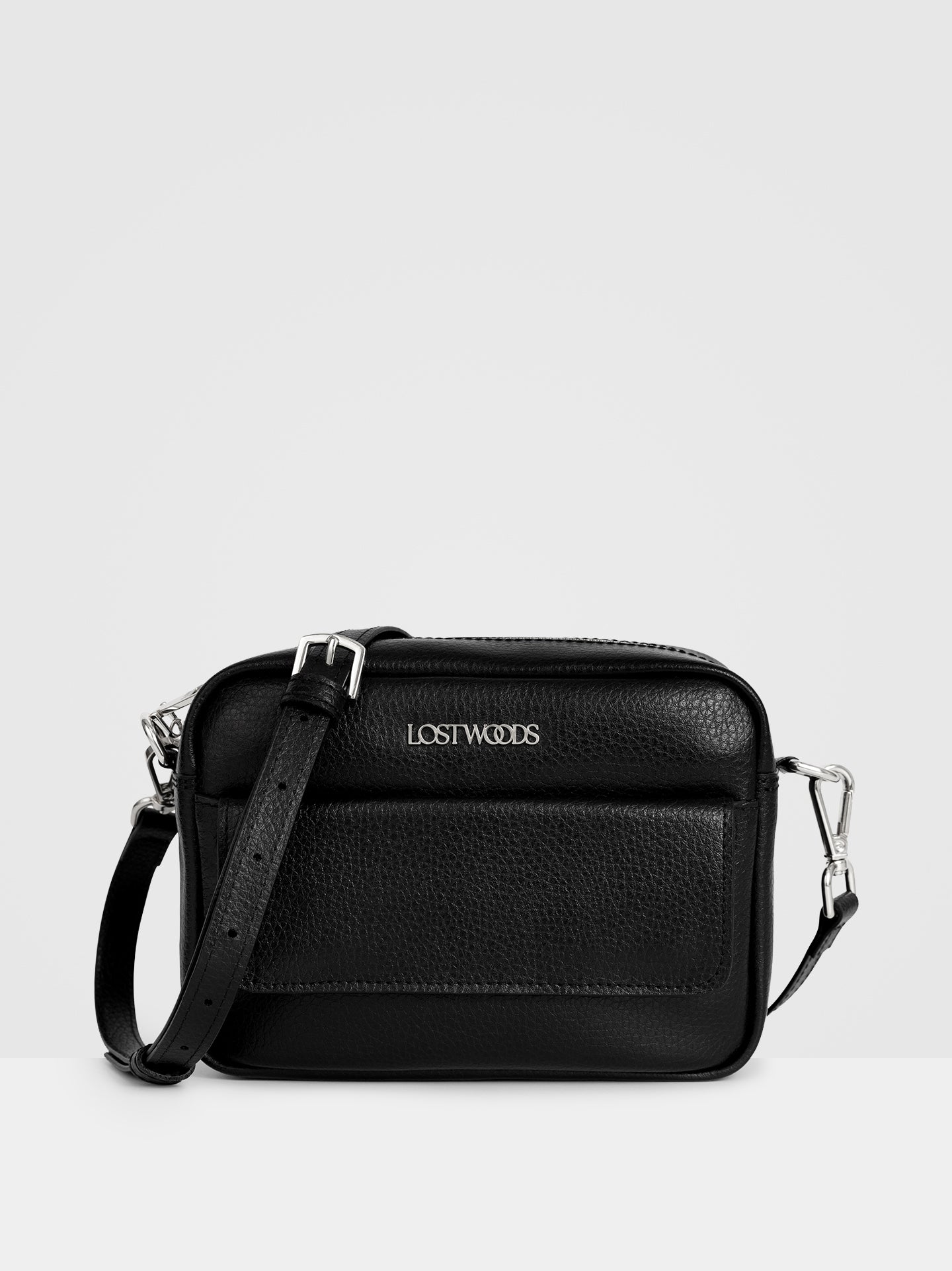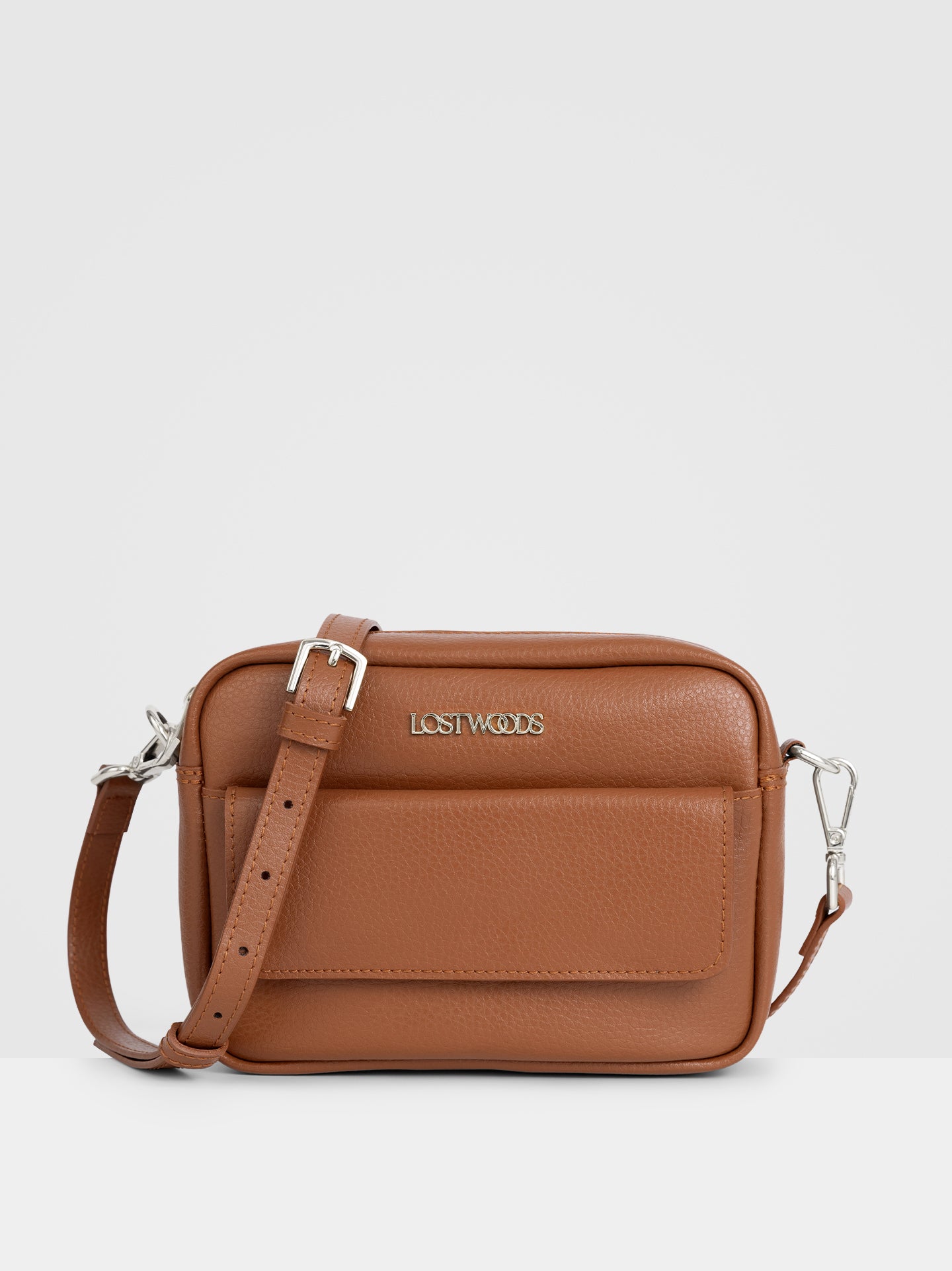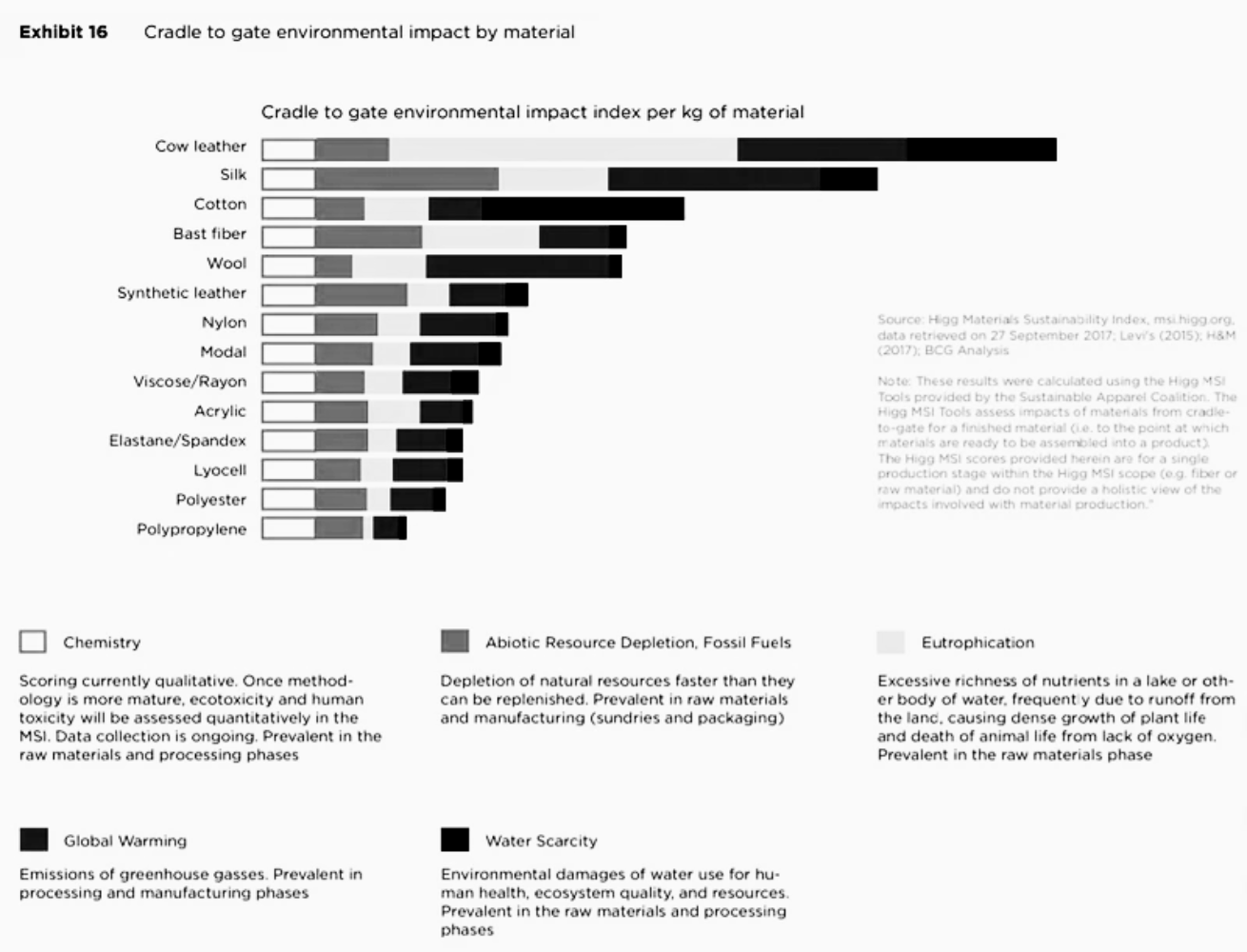
MYTH 1
Leather is eco-friendly
There are currently 1 billion cows raised for slaughter on earth right now - that takes up A LOT of land.
In fact, cattle grazing for beef and leather is a massive global driver of deforestation. It's responsible for 80% of the deforestation in the Amazon. Lost forests lead to lost biodiversity and less CO2 absorption from trees.
The UN estimates that livestock production accounts for about 14.5% of all human-induced emissions, and methane from cows is 28x more potent than CO2 at trapping heat in the atmosphere.
Between raising the animal and processing the skin, the Water Footprint Network estimates that it takes 17,000 liters of water to produce 1 kg of leather.
Tanning chemicals pollute waterways and hurt aquatic life.
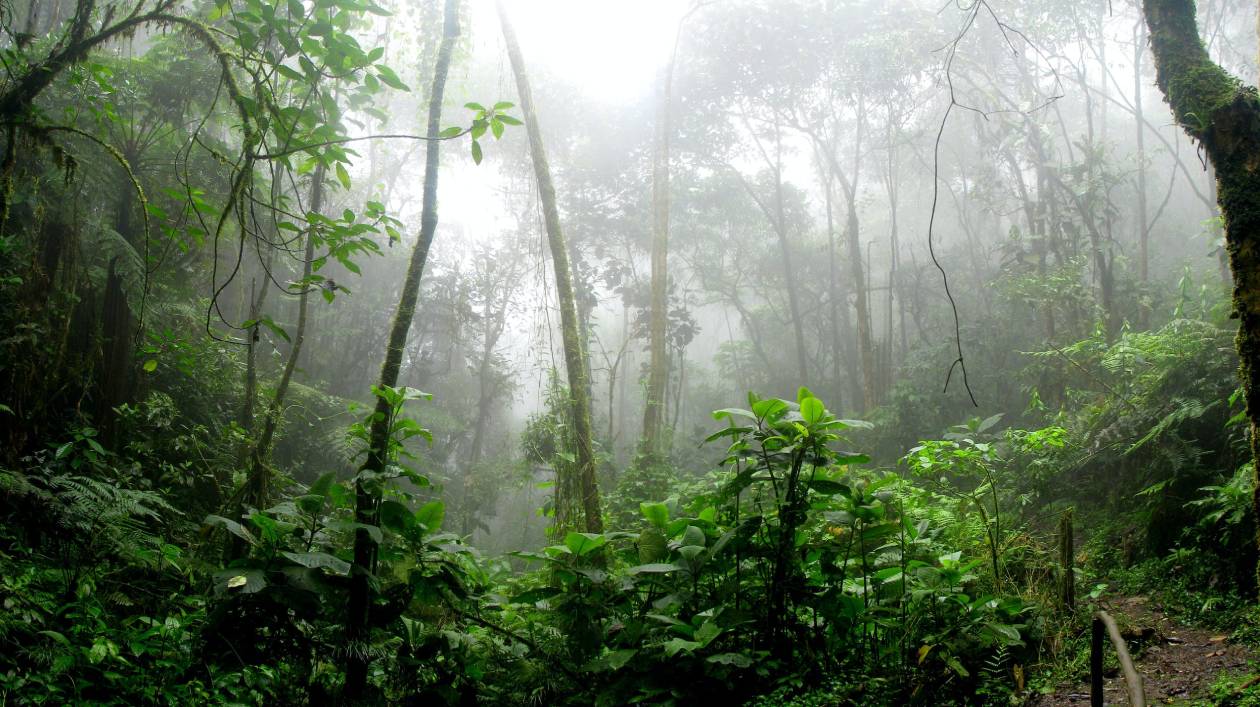
Before
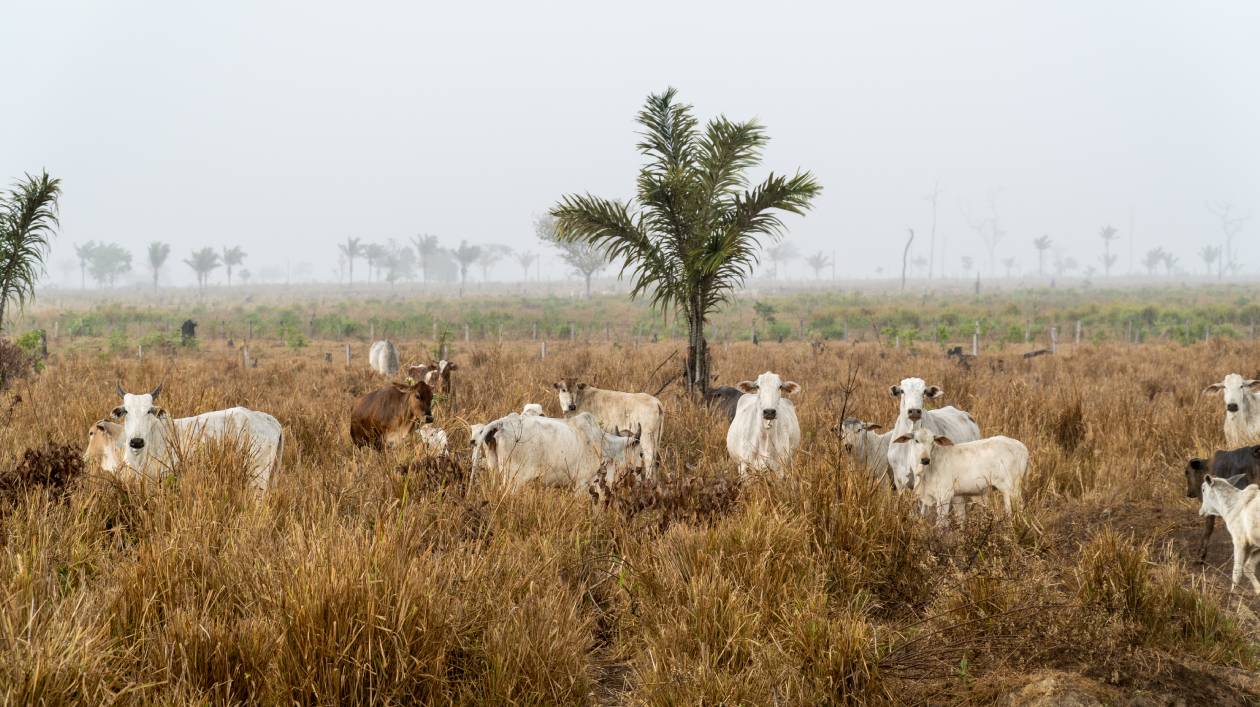
After
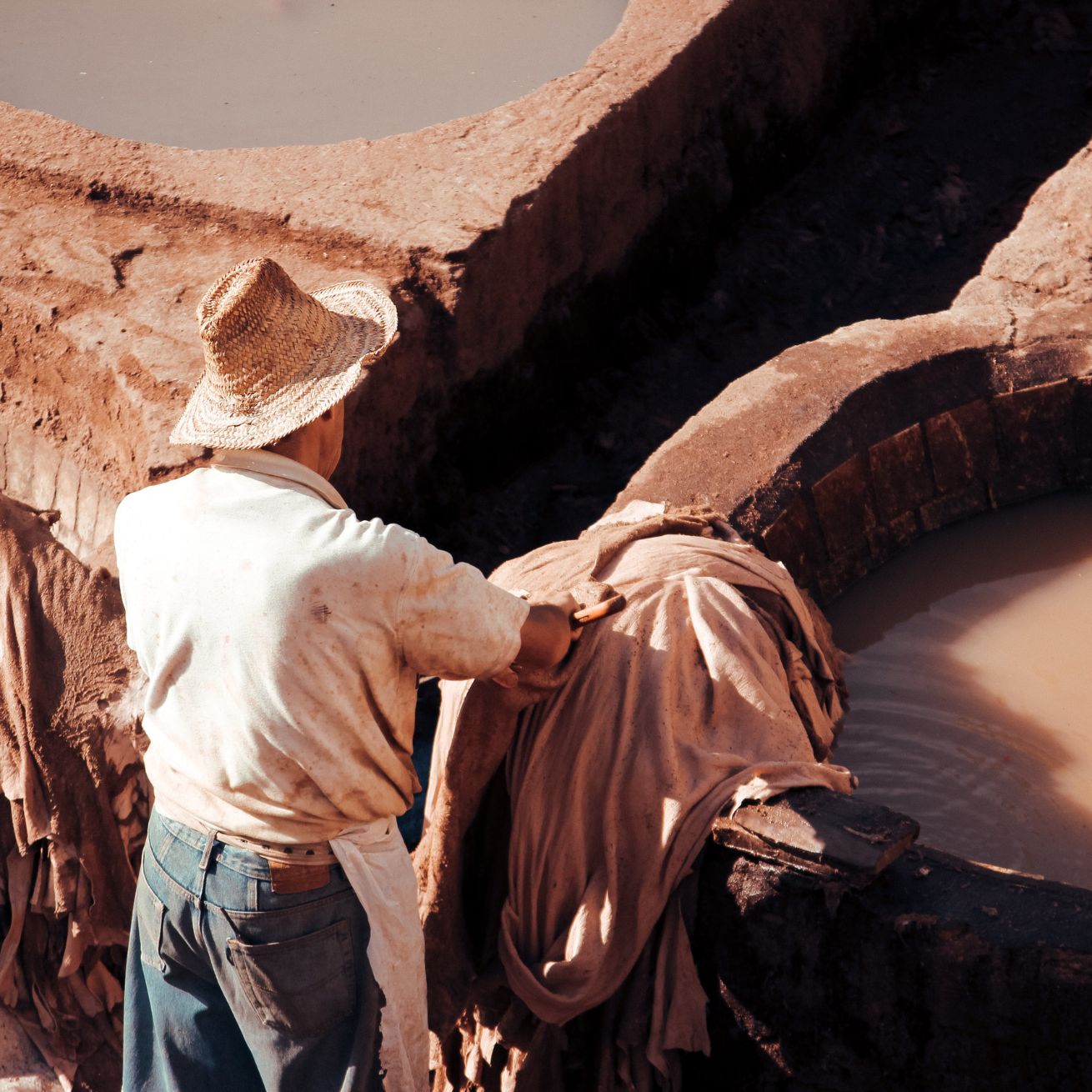
MYTH 2
Leather is natural
It takes a lot of chemicals to stop skin from decomposing. Think about how nasty that is for a minute.
Only about 10% of global leather production is vegetable tanned - that means 90% is tanned with highly toxic chromium sulfate. While it's true that leather can biodegrade, the tanning chemicals pollute soil and water when it does.
Factory farming cows to produce leather is also very far removed from nature. There isn't enough grass, so cows are fed grains and soy. Soy is the second biggest driver of deforestation in the Amazon, but the bulk of global soy production is fed to livestock.
Animals are kept in such close quarters that infections spread fast. Most people don't realise that there is a massive industry for livestock medication. Antibiotic injections are big business, and their overuse leads to antibiotic resistant bacteria, which poses a significant threat to human health.
MYTH 3
Leather is plastic-free
Plastic coatings, such as polyurethane or acrylic, are often applied to leather to make it more stain resistant, waterproof, durable or to achieve a specific look, e.g. bright colours, patent, matte or brushed. Using plastic is much cheaper than traditional methods of dying and coating leather!
MYTH 4
Leather biodegrades well
The most common method of leather tanning uses chromium salts, which are toxic. When this type of leather ends up in landfills and starts to biodegrade, it leaches chromium and other harmful chemicals into the soil, which are harmful to plants and animals, and can contaminate groundwater.
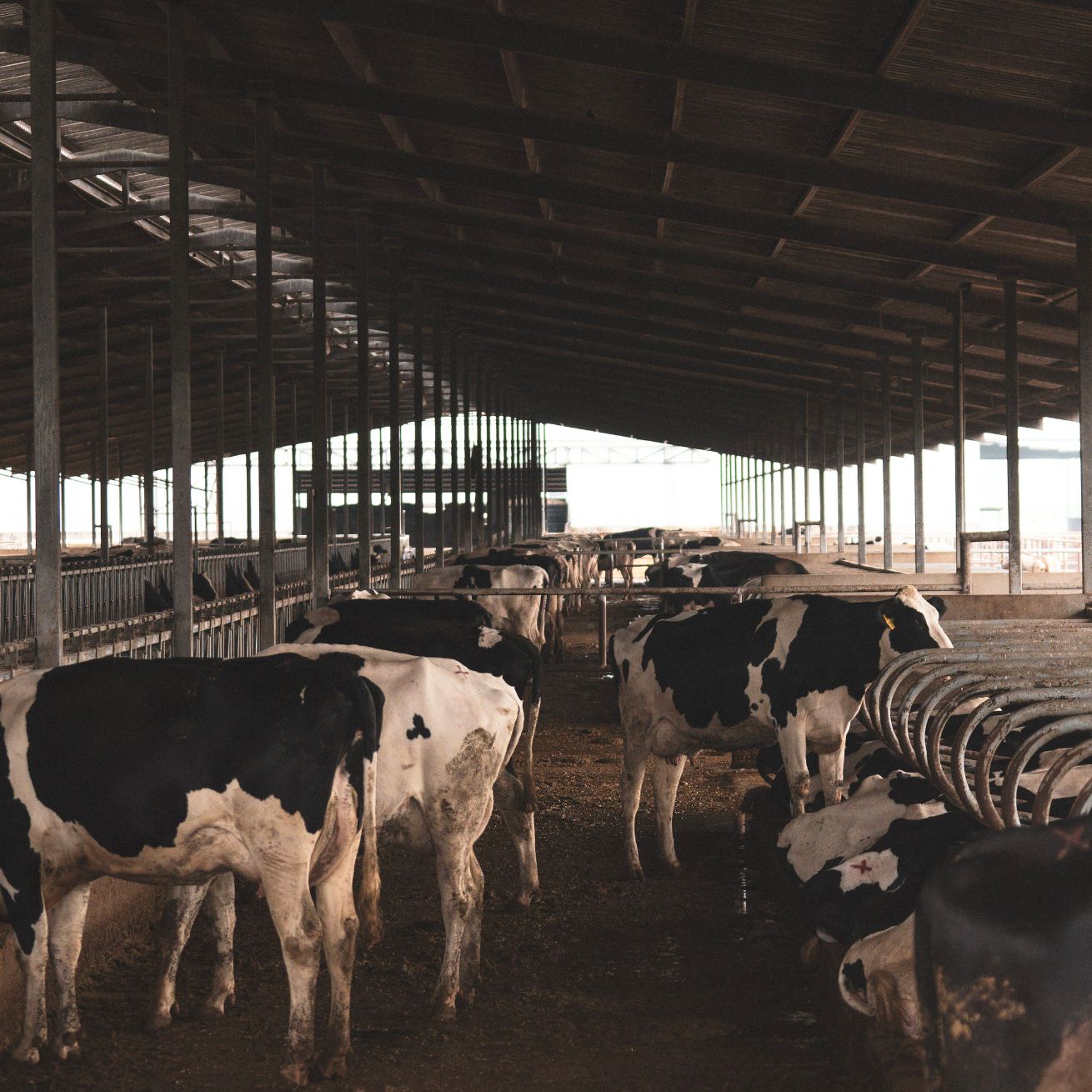
MYTH 5
Leather is a waste product
Demand for leather has skyrocketed in recent years, fueling the killing of animals specifically for their hides. In some cases, rare and exotic species are targeted, pushing them closer to extinction.
Most leather comes from the beef industry, which is commonly thought of as a good thing - recycled waste, right? But the global leather industry is projected to reach $630 billion by 2025. Pound for pound, the skin is the most valuable part of the animal - leather is hardly waste. Instead, it's an important co-product, helping the bottom line of an industry that is steadily ruining the environment.
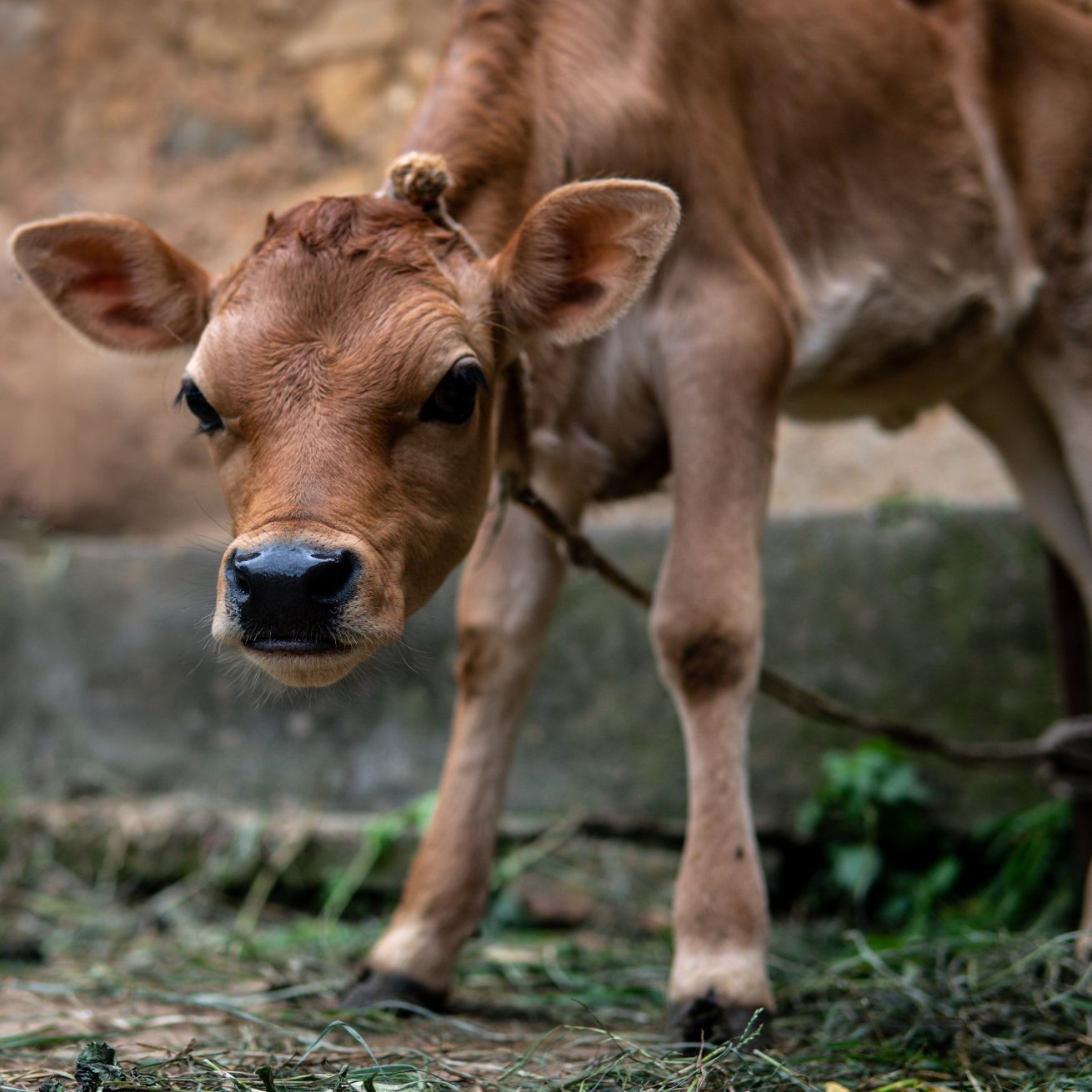
MYTH 6
Leather is ethical for animals
Most people have been socially conditioned to only worry about the welfare and happiness of cats and dogs, but cows are very similar creatures, and they go through hell on factory farms.
Advertising has done a good job of acting like cows are happy in a field, but in reality they live a life of distress and suffering due to overcrowded, unnatural living conditions that restrict their natural behaviors like grazing and socializing. They're subjected to dehorning, branding and castration without pain relief. The constant physical strain and psychological stress, combined with minimal veterinary care, results in a life of chronic pain and misery for these animals.
"A lot of brands actually use calf leather, due to it's softness - you're killing literal babies for a handbag"
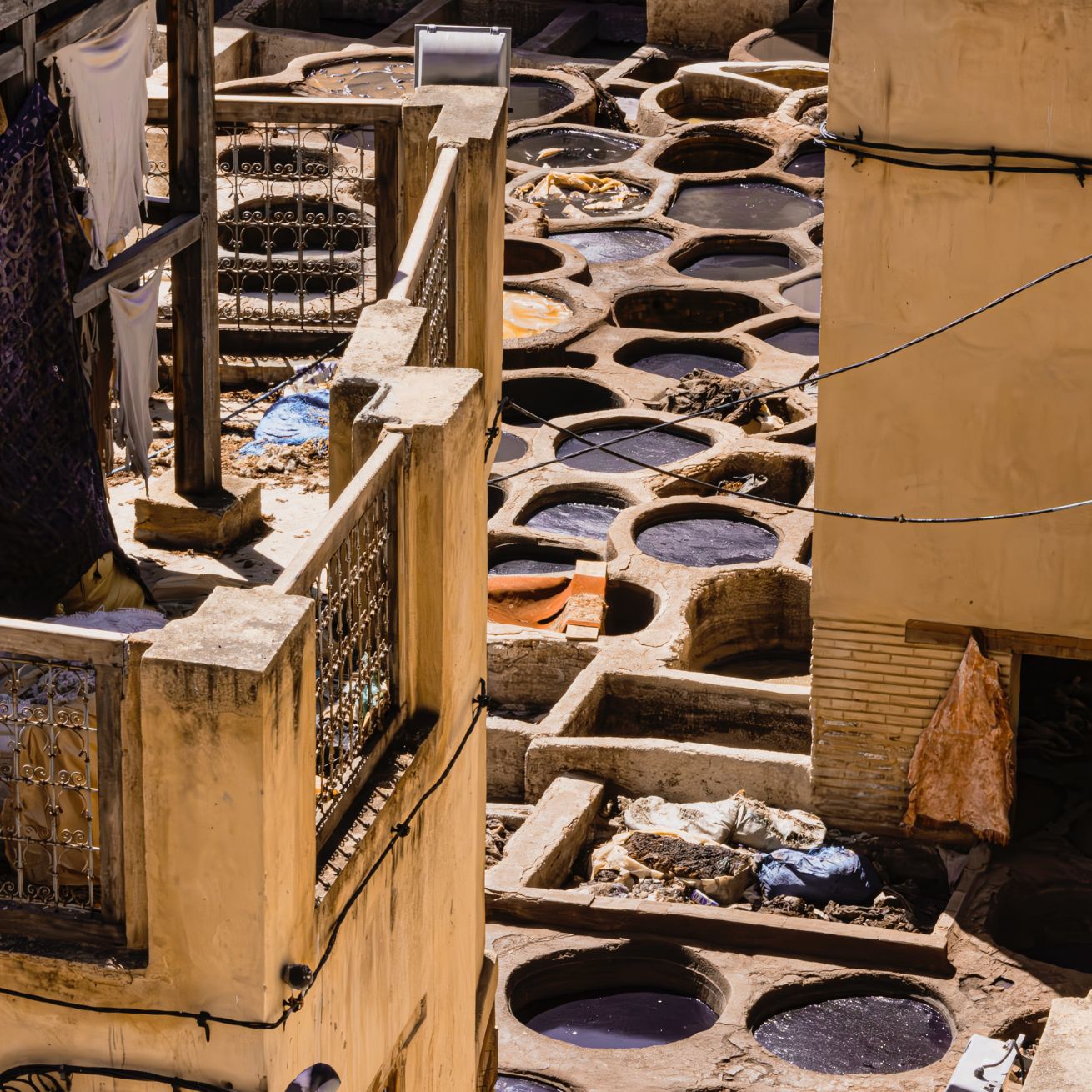
MYTH 7
Leather is ethical for workers
Workers in tanneries are exposed to high levels of toxic chemicals, which can lead to serious health issues - in fact, tannery work is linked to 9 types of cancer. Nearby communities are also at risk due to air and water pollution.
Research shows that working in slaughterhouses poses big mental health challenges, notably the risk of PTSD. Workers become desensitized to violence, which impacts their wellbeing and empathy. They don't get a lot of support for their trauma and feel ostracized from society due to the stigma of their job. The job's physically demanding, involving harsh conditions like extreme cold, wetness, and constant noise, leading to injuries. Workers face low wages and job insecurity. All of this leads to increased rates of substance abuse and domestic violence.
MYTH 8
Leather is more sustainable than vegan leather
Whilst traditional faux leather is just plastic, technology has led us to the point that we now have 100% plastic free vegan leather, called MIRUM. It's made in the USA from natural tree rubber, plant oils, fibres and waxes, and other natural ingredients like leaves, clay, charcoal and quartz.
It's made in a renewable energy powered factory. It requires no water during production and emits no waste water. Testing has proven it to be durable and long lasting - it's already being used by luxury brands like BMW.
It's too long lasting to be classed as biodegradable - but so is a tree. Just as you don't want your wooden furniture to break down whilst you're using it, you want your leather goods to last. It's infinitely recyclable, and when it breaks down it returns nutrients to the soil.
It's so amazing where science can take us. Towards beautiful, quality products that don't hurt animals, people or the environment. Fashion doesn't have to come at the expense of compassion and sustainability. It's about time!
Where to shop plastic-free vegan leather
You can shop the full directory of MIRUM® products here
We offer a collection of sustainable handbags made from MIRUM® that you can check out below:
